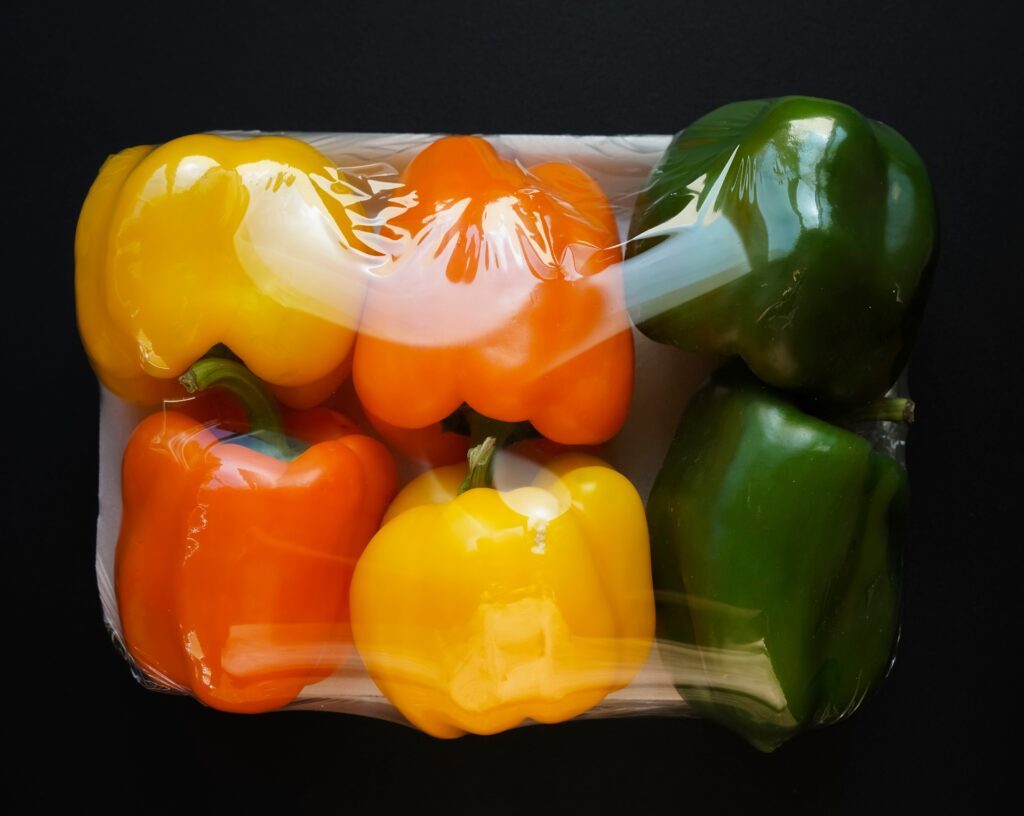All About Manual Food Wrapping
In the realm of food preservation and packaging, the technique of overwrapping plays a crucial role in maintaining the freshness, flavor, and quality of various perishable goods. From extending shelf life to ensuring hygiene and convenience, the art of food wrapping has evolved to meet the diverse needs of both producers and consumers.

The Basics of Food Wrapping:
Food wrapping involves the use of an additional layer of packaging around the primary food packaging. This extra layer serves multiple purposes, such as providing an extra barrier against contaminants, preserving the product’s texture, and extending its shelf life.
Common Materials Used:
- Plastic Films: Plastic films, such as polyethylene and polypropylene, are commonly used for overwrapping food items. These films create a protective barrier against moisture and contaminants while allowing for visibility of the product.
- Cellophane: Derived from natural fibers, cellophane is a transparent material that adds a layer of protection to food products without compromising visibility. It is often used for overwrapping items like candies and baked goods.
- Aluminum Foil: Aluminum foil is an excellent choice for overwrapping perishable goods due to its ability to block light, moisture, and oxygen. It is particularly effective for preserving the freshness of bakery products and certain produce.
Benefits of Food Wrapping:
- Extended Shelf Life: Overwrapping provides an additional protective layer, shielding food from external factors that could compromise its quality, resulting in a longer shelf life for the product.
- Enhanced Hygiene: The extra layer of wrapping acts as a barrier against dust, dirt, and handling contaminants, ensuring that the food remains hygienic and safe for consumption.
- Improved Presentation: Food overwrapping not only contributes to the preservation of the product but also enhances its visual appeal. Well-presented items are more likely to attract consumers and convey a sense of quality.
- Convenience for Consumers: Individually wrapped or overwrapped portions of food enhance convenience for consumers. It simplifies portion control, maintains freshness after opening, and allows for easy storage.
Overall, food wrapping is a dynamic and essential practice in the food packaging industry, offering a myriad of benefits for both producers and consumers. Whether it’s preserving the freshness of bakery items, extending the shelf life of produce, or ensuring the hygiene and convenience of individual portions, food wrapping plays a pivotal role in delivering high-quality, safe, and visually appealing food products to the market. As technology and innovation continue to advance, the art of food wrapping will likely evolve to meet the ever-changing demands of the food industry and the discerning preferences of consumers.
